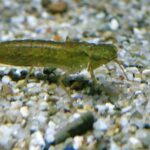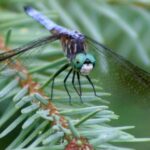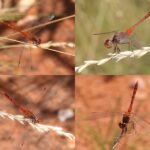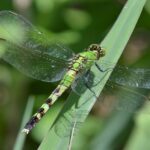Dragonflies: Nature’s Aerial AssassinsDragonflies have long captivated human imagination with their iridescent wings and acrobatic flight. However, beneath their delicate appearance lies one of the most formidable predators in the insect world. These ancient insects, which have existed for over 300 million years, have evolved into highly efficient hunters that play a crucial role in regulating insect populations in various ecosystems.
Unparalleled Predatory Efficiency
Dragonflies are renowned for their exceptional hunting prowess. According to Rachel Crane, a biologist at the University of California Davis, dragonflies successfully capture an astonishing 95% of their intended prey. This success rate is remarkably high compared to other predators in the animal kingdom. For context, sharks and lions, often considered apex predators, have success rates of only 50% and 25%, respectively.The dragonfly’s hunting efficiency is attributed to several factors:
- Advanced vision: Dragonflies possess compound eyes with up to 30,000 individual facets, significantly more than other insects. This allows them to have a nearly 360-degree field of view and detect the slightest movements.
- Rapid flight: Their unique wing structure enables them to fly in any direction, change course instantly, and reach speeds of up to 30 miles per hour.
- Predictive interception: Dragonflies can calculate the trajectory of their prey and intercept it mid-flight, a skill that even advanced robots struggle to replicate.
- Specialized anatomy: Their powerful jaws (mandibles) and spiny legs are perfectly adapted for capturing and immobilizing prey.
Ecological Impact and Diet
Dragonflies play a significant role in controlling insect populations, particularly those considered pests to humans. A study led by the University of Turku found that even small damselfly species can consume hundreds of thousands of insects during a single summer in an area surrounding just one pond.The diet of dragonflies is diverse but primarily consists of:
- Mosquitoes and midges: A single dragonfly can consume up to 100 mosquitoes per day, making them valuable allies in mosquito control.
- Chironomids: These non-biting midges are a favorite food source for many damselfly species.
- Other insects: Dragonflies also prey on flies, bees, butterflies, and even smaller dragonflies.
In the study area examined by the University of Turku researchers, four species of damselflies consumed approximately 700,000 medium-sized midges, equivalent to about 900 grams of biomass. While this represented only 1% of the total midge population in the area, it’s important to note that dragonflies are not the only predators feeding on these insects.
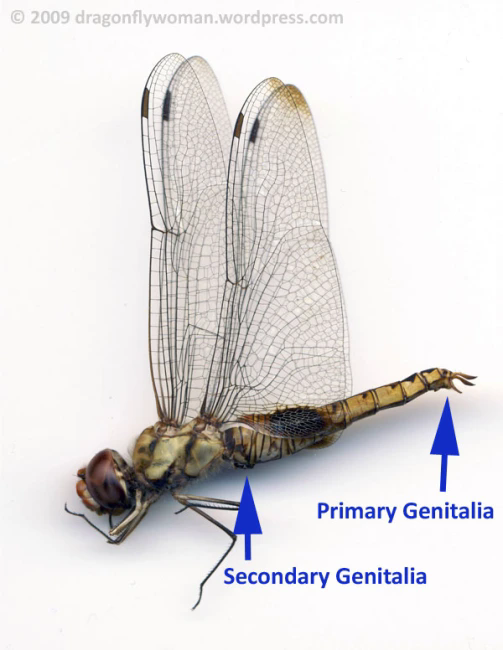
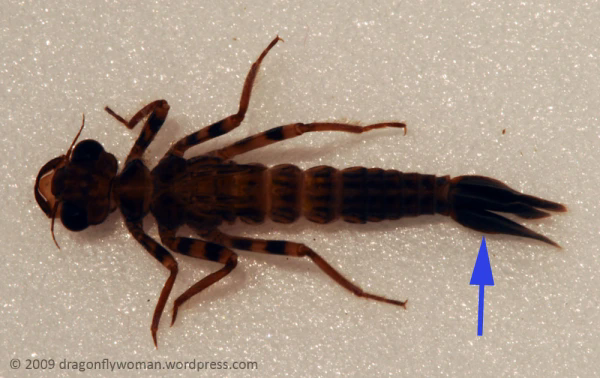
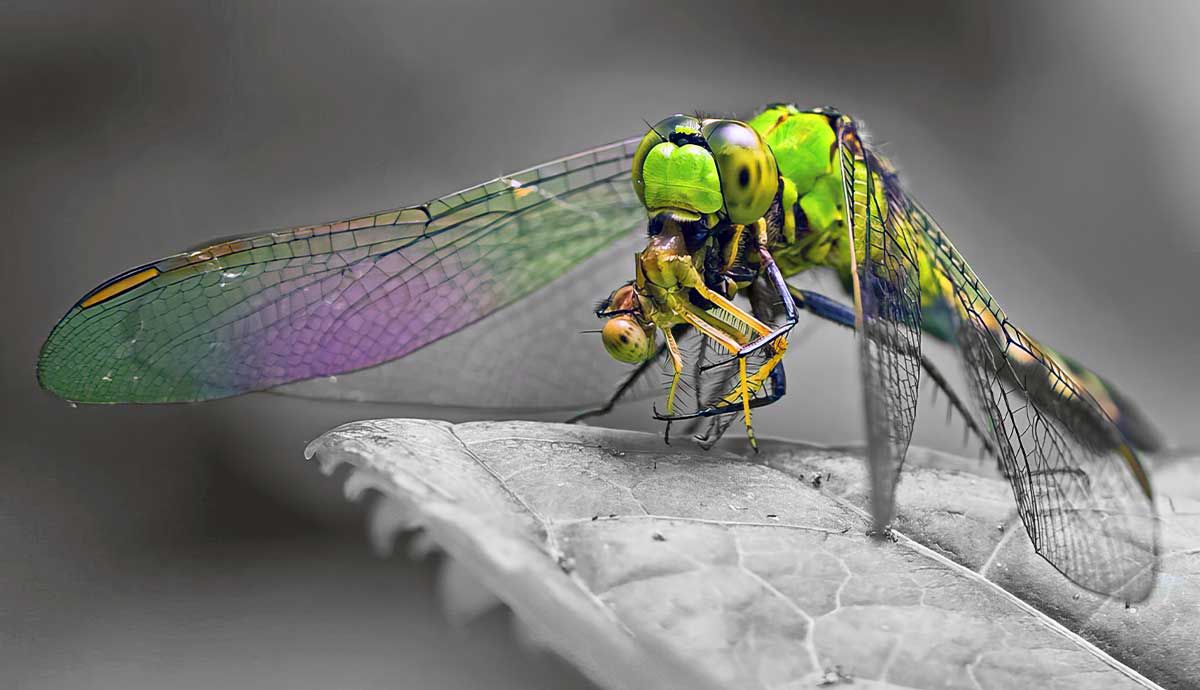
Why Dragonflies Are the Best Insects
This bizarre mouthpart is definitely one of the most amazing things about odonates – and they are the only insects in the world that have them. I personally think it gives the odonates a sort of alien-like appearance. Can’t you just see this sort of structure popping up in an alien invasion movie?! More practically, this mouthpart allows the odonates to be fierce predators and places them firmly near the top of most aquatic food chains.
All odonate nymphs have this mouthpart, but the dragonflies have another unique structure that makes them even more bizarre and interesting: rectal gills. Recall that dragonflies and damselflies have different appendages on the ends of their bodies. The damselflies have three leaf-like gills attached at the tips of their abdomens (see photo).
Though the dragonflies don’t have these structures, they still have gills. Rather than keeping them exposed to the water like the damselflies do, however, they keep their gills inside their bodies! Dragonflies have a chamber inside their abdomens called the rectal chamber that is lined with gills. Due to the physics of respiration in water and because the gills are inside the body, dragonfly nymphs have to pump water in and out of the rectal chamber to allow the gills to absorb oxygen from the water. (If you ever have a chance to see a dragonfly nymph, you’ll likely see the abdomen pulsing – it is pumping water through its rectal chamber.) The opening to the rectal chamber is at the back end of the bugs, so the dragonfly nymphs are effectively breathing through their butts! If that doesn’t make dragonflies one of the coolest animals in the world, I don’t know what does.
The rectal chamber also allows the dragonfly nymphs to do a great behavior: jet propulsion. Due to some properties of physics, they can forcefully squeeze the water out of their gill chamber to propel themselves forward very rapidly. If you’ve ever seen a fan boat (they’re usually used in swamps) on TV or in person, it works about the same way. By pumping water into the rectal chamber and shooting it back out at a high speed, a dragonfly can move very fast and entirely without the use of its legs!
Hunting Strategies and Behaviors
Dragonflies employ sophisticated hunting strategies that set them apart from other insect predators:
- Speed matching: Research conducted at the University of California Davis revealed that dragonflies consistently fly about one meter per second faster than their prey, regardless of the prey’s speed.
- Swarm navigation: Dragonflies can track and isolate individual prey within a swarm, avoiding collisions with other insects while pursuing their target.
- Aerial precision: They can make split-second calculations to determine the best approach angle for intercepting prey, taking into account distance, direction, and speed.
- Adaptability: Dragonflies can adjust their hunting techniques based on the size of their prey. Smaller insects like mosquitoes are caught directly with their mouths, while larger prey is first trapped by their legs before being consumed.
Implications for Ecosystem Health
As apex predators in the insect world, dragonflies play a crucial role in maintaining the balance of ecosystems. Their presence and abundance can serve as indicators of environmental health, particularly in aquatic habitats where they spend their larval stage.The recent decline in insect populations worldwide has raised concerns about the potential impact on dragonfly populations and the cascading effects on ecosystem functioning. Understanding the intricate food webs in which dragonflies participate is becoming increasingly important for conservation efforts.
Biomimicry and Technological Applications
The exceptional hunting abilities of dragonflies have not gone unnoticed by scientists and engineers. Researchers are studying dragonfly flight patterns and interception strategies to improve the design of flying robots and drones.At the University of California Davis, scientists have developed innovative methods to study dragonfly flight mechanics. Using a programmable pulley system with a bead on a string, they can simulate various prey movements and analyze how dragonflies adjust their flight patterns in response.These studies could lead to advancements in fields such as:
- Autonomous drone technology
- Collision avoidance systems
- Robotic vision and tracking algorithms
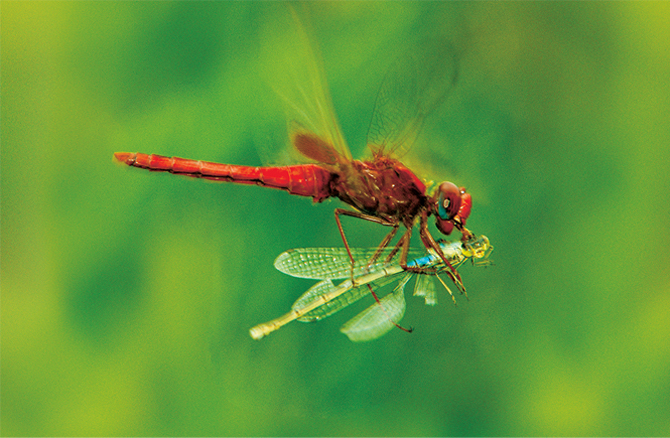
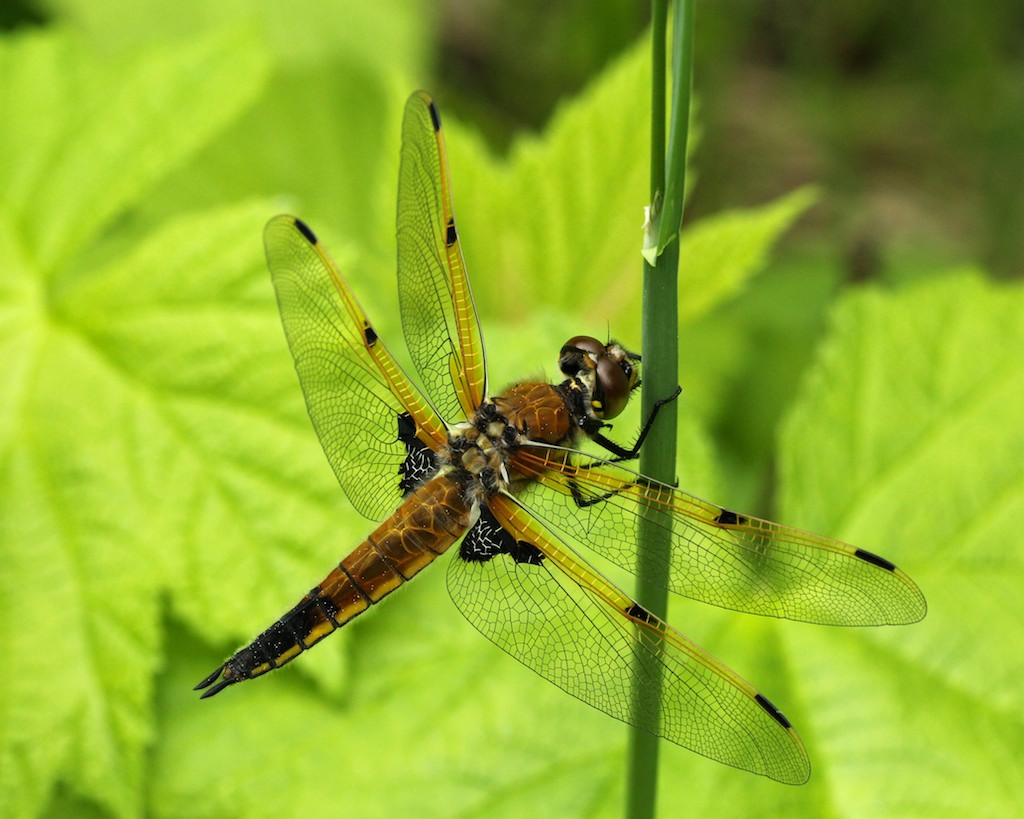
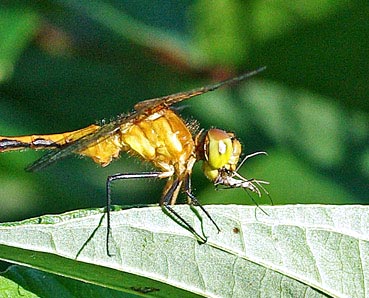
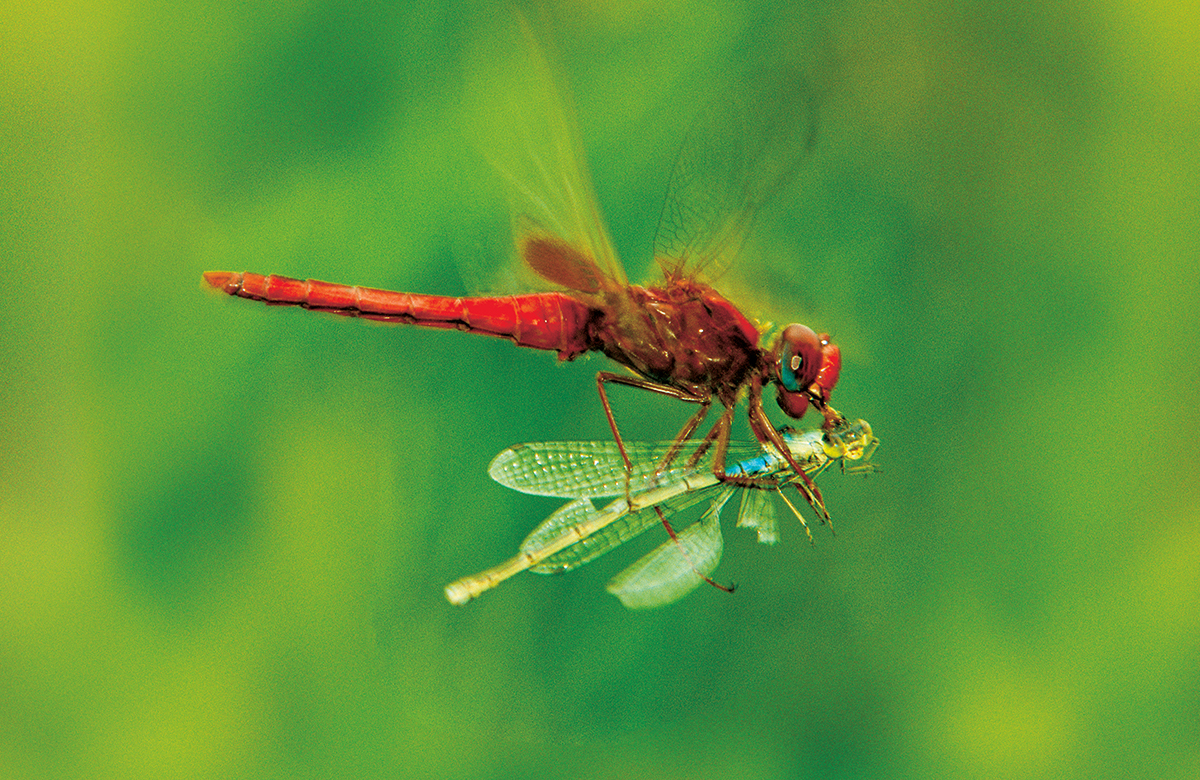
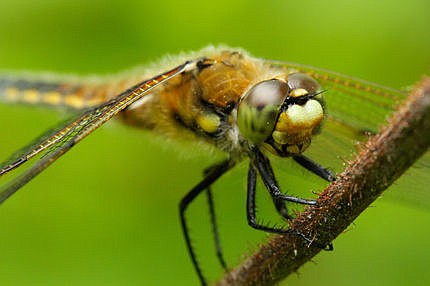
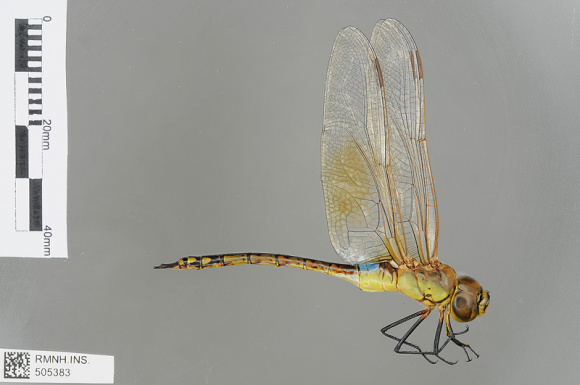
Technological Inspiration
The exceptional hunting abilities of dragonflies have inspired researchers to study their flight mechanics and interception strategies for technological applications. Scientists are exploring how dragonfly flight patterns can improve the design of flying robots and drones, particularly in areas such as:
- Autonomous Drone Technology: Understanding how dragonflies adjust their flight patterns in response to moving targets can inform the development of more efficient and agile drones.
- Collision Avoidance Systems: Dragonflies’ ability to navigate complex aerial environments without collisions can inspire advanced collision avoidance systems for various applications.
- Robotic Vision and Tracking Algorithms: The precision with which dragonflies track and intercept prey can enhance the development of robotic vision and tracking systems, improving their performance in dynamic environments.
Dragonflies are among the most efficient and impactful predators in the insect world. Their combination of advanced sensory capabilities, agile flight, and highly effective hunting strategies places them at the apex of aerial insect predators. When compared to other insect predators and even vertebrate apex hunters like lions and sharks, dragonflies stand out for their unparalleled capture success rate and energetic efficiency.Their role in regulating insect populations and maintaining ecological balance underscores their importance in various ecosystems. Moreover, the study of dragonflies offers valuable insights into the intricacies of natural predation and provides inspiration for technological advancements in fields such as robotics and drone technology.As we continue to explore and understand the remarkable adaptations of dragonflies, we gain a deeper appreciation for the complexity and efficiency of nature’s aerial assassins.
How do dragonflies compare to other insect predators in terms of efficiency
Dragonflies: Masters of Aerial Predation
Dragonflies are among the most efficient predators in the insect world, showcasing remarkable hunting skills that have fascinated scientists and nature enthusiasts alike. With a capture success rate that often exceeds 95%, dragonflies outshine many other predators, both within the insect realm and beyond.
Efficiency in Comparison
Dragonflies vs. Other Insect Predators
When comparing dragonflies to other insect predators, several factors highlight their superior efficiency:
- Capture Success Rate: Dragonflies have a capture success rate ranging from 83% to 97%, with many studies citing around 95% as typical. This is significantly higher than other insect predators. For example, spiders, another group of efficient insect hunters, have a capture success rate that varies widely but generally falls between 50% and 80%, depending on the species and environmental conditions.
- Hunting Strategies: Dragonflies employ sophisticated hunting strategies, such as predictive interception, where they calculate the future position of their prey and adjust their flight path accordingly. This predictive model is akin to the strategies used by vertebrate predators and is rare among invertebrates.
- Adaptability: Dragonflies can adjust their hunting techniques based on the size and type of prey. Smaller insects like mosquitoes are caught directly with their mouths, while larger prey is first trapped by their legs before being consumed. This versatility enhances their hunting efficiency across different prey types.
Dragonflies vs. Vertebrate Predators
Dragonflies’ efficiency also stands out when compared to vertebrate predators:
- Lions and Sharks: African lions and great white sharks, often considered apex predators, have much lower capture success rates. Lions succeed in about 25% of their hunting attempts, while sharks have a success rate of around 50%. In contrast, dragonflies manage to capture their prey mid-flight over 95% of the time, making them one of the most efficient predators in the animal kingdom.
- Energetic Efficiency: Dragonflies minimize the energy expended during hunts by reducing the distance traveled and time spent capturing prey. This not only lowers their energetic costs but also reduces the risk of mortality and loss of territory. Such efficiency is crucial for their survival and reproductive success.
Key Factors Behind Dragonfly Efficiency
Several anatomical and behavioral traits contribute to the dragonfly’s predatory success:
- Advanced Vision: Dragonflies possess compound eyes with up to 30,000 individual facets, providing a nearly 360-degree field of view. This allows them to detect and track the slightest movements of their prey.
- Flight Mechanics: Their unique wing structure enables rapid and agile flight, allowing them to fly in any direction, change course instantly, and reach speeds of up to 30 miles per hour. This agility is crucial for intercepting fast-moving prey.
- Neural Circuitry: Dragonflies have a complex network of neurons linking their brain to their flight control center, enabling precise control over their flight path and rapid adjustments during pursuit. This neural sophistication allows for high-speed aerial maneuvers that are essential for successful predation.
- Predictive Models: Dragonflies use internal models to predict the effects of their own body movements and those of their prey. This predictive steering control allows them to maintain a stable focus on their target and adjust their flight path accordingly. Such advanced predatory behavior is rare among invertebrates and highlights the dragonfly’s exceptional hunting capabilities.
Ecological Impact
Dragonflies play a significant role in controlling insect populations, particularly those considered pests to humans. A single dragonfly can consume up to 100 mosquitoes per day, making them valuable allies in mosquito control. Their predation on other insects, such as flies, bees, and butterflies, also helps maintain ecological balance.In addition to their role as predators, dragonflies serve as indicators of environmental health. Their presence and abundance in aquatic habitats can signal the overall health of the ecosystem, as they are sensitive to changes in water quality and habitat conditions.
Conclusion
While it may be challenging to definitively crown dragonflies as the “top” insect predator due to the vast diversity of insects and their ecological niches, the evidence strongly suggests that they are among the most efficient and impactful predators in the insect world. Their combination of advanced sensory capabilities, agile flight, and highly effective hunting strategies places them at the apex of aerial insect predators.Dragonflies not only play a crucial role in regulating insect populations but also serve as inspiration for technological advancements. As we continue to unravel the mysteries of these fascinating creatures, we gain valuable insights into the intricacies of natural predation and its importance in maintaining healthy ecosystems.The study of dragonflies reminds us of the remarkable adaptations that have evolved in nature and the potential for biomimicry to solve complex human challenges. As we face growing environmental concerns, understanding and preserving the delicate balance in which dragonflies operate becomes increasingly vital for the health of our planet’s ecosystems.

